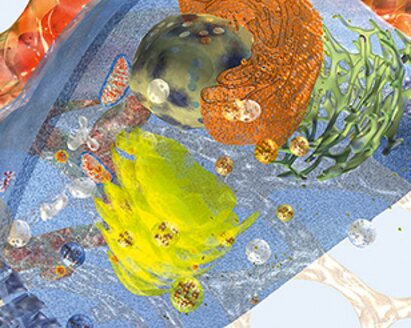您正在查看的是
Medela - zh
您可以选择这些国家的美德乐网站:
请选择
请选择
Global
Australia
Austria
Belgium
Brazil
Canada
China
Denmark
France
Germany
India
Italy
Japan
Luxembourg
Netherlands
New Zealand
Norway
Poland
Portugal
Spain
Switzerland
Sweden
UK
United States of America
您可以选择这些国家中的一个美德乐网站:
您可以选择这些国家中的一个美德乐网站:




